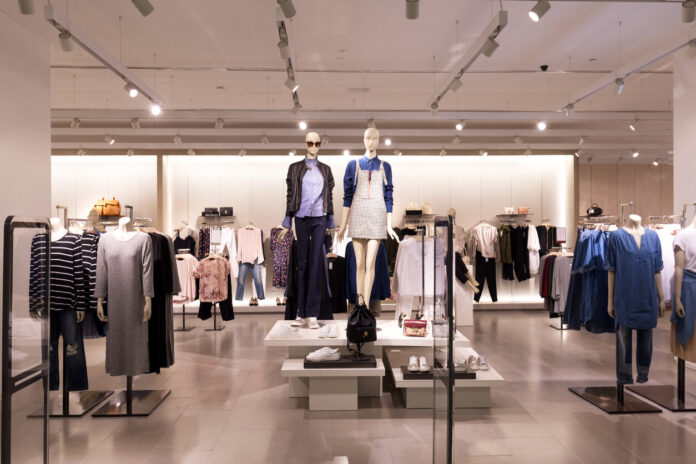We are currently witnessing a series of closures of ready-to-wear brands across France. The causes of these repeated bankruptcies are multiple, as reported by our colleagues from BFMTV. On the one hand, the health crisis and the confinements that followed have, for a large number of brands, marked the beginning of the end. Even beyond strict lockdowns, sales generally plunged during the pandemic as consumers were less eager to initiate shopping sprees.
As franceinfo explains, stores have experienced “repeated shocks” in recent years. Before the pandemic, it was the Yellow Vests movement that put a stop to their activity for a few weeks, since some stores were forced to lower the curtain every weekend. Asked by the channel, the economist Philippe Moati explains that these forced closures during the demonstrations and then the confinements have “degraded the financial situation of companies”. State aid helped for a while, but it did not allow the brands to raise the bar.
Another factor contributing to the difficulty of these ready-to-wear chains is inflation. Indeed, the general rise in prices, of raw materials and energy, has a double negative impact on the finances of these companies. On the one hand, it inflates the prices of production and delivery of items.
On the other hand, it reduces the purchasing power of consumers, which means that these brands lose a significant part of their clientele. Because when you see your supermarket bill go up, you get rid of less necessary expenses first, such as buying new clothes. This is what Philippe Moati explains to franceinfo: “Because of the rise in prices, households are losing purchasing power and are forced to arbitrate in their spending. Clothing is a saturated market: we already have clothes, we are rarely on first equipment. So these are purchases that can easily be postponed”.
In addition to the crisis factors detailed above, changing consumer trends and habits have also undermined the popularity of the brands in question. The said signs had their heyday in the 1990s and 2000s, because they then offered very attractive prices compared to the average in France. Since then, large foreign groups have started selling online and are offering items at even lower prices.
The advent of so-called “fast-fashion” also plays to the disadvantage of these more traditional brands: “micro-trends”, i.e. trends that pick up as quickly as they came, push consumers to buy quality and reduced prices. Finally, second-hand fashion, both in aesthetic terms and in terms of ecological awareness, also goes against the model of the ready-to-wear stores in question. To sum up, these brands are in the middle of the two extremes that constitute the new consumer habits and therefore have great difficulty in remaining attractive.
So find below 7 brands in which you will no longer be able to shop.















